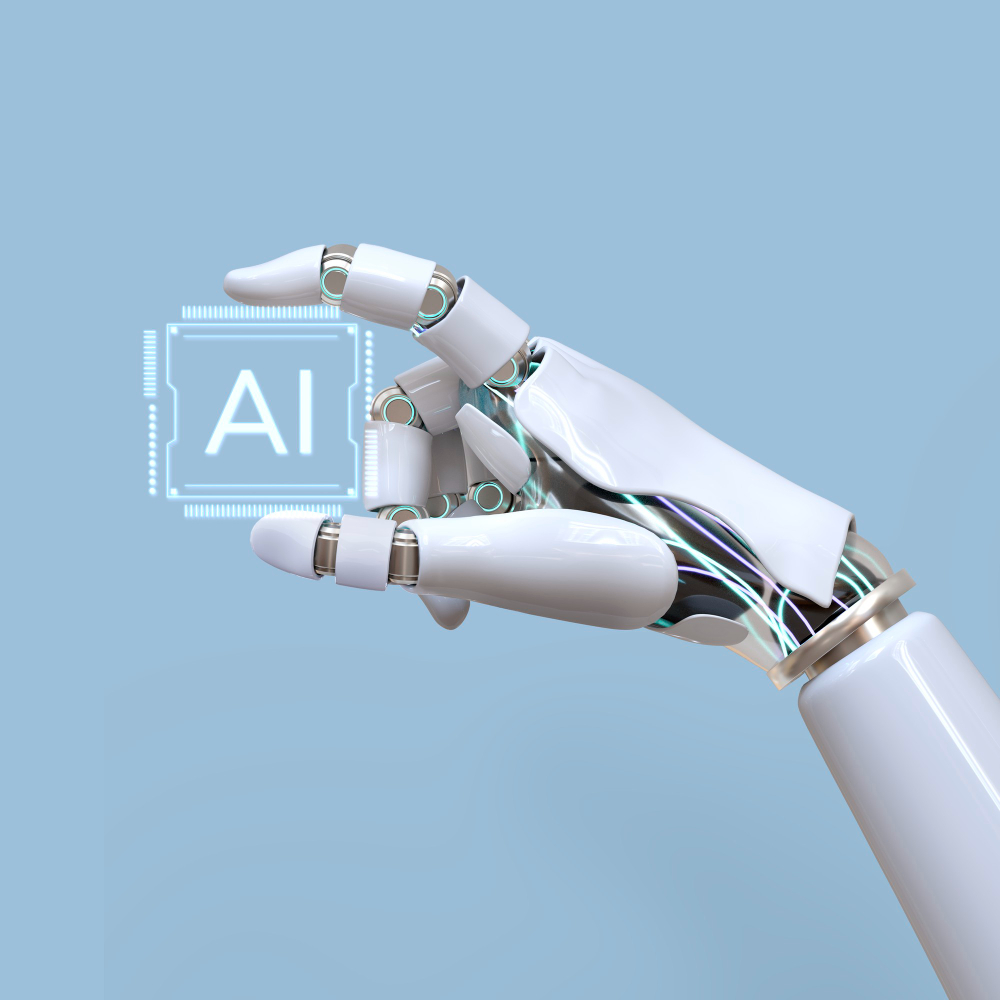
This article looks at how AI revolutionises aesthetics, offering efficiency and personalised experiences. This article looks at how you can use AI strategically but ethically, to find a balance between using AI and actual human interaction.
In this Article:
The field of aesthetics is constantly evolving, and artificial intelligence (AI) is set to be a game-changer. From personalised beauty experiences to enhanced marketing strategies, to even coming up with efficient responses for clients, AI has the potential to streamline your practice and elevate your online client experience.
Shaping the industry
AI is shaping the aesthetics industry, as well as many other industries in exciting ways and when used correctly, AI can offer increased efficiency. However, it’s crucial to use this technology responsibly and ethically, ensuring fairness, transparency, and human oversight remain at the forefront.
Virtual Consultations and Education: You might use AI-powered chatbots and virtual assistants to handle answering basic questions, and provide educational resources to clients 24/7. This can improve accessibility, especially for those in remote locations or with busy schedules. You often see this on websites.
Marketing and Advertising: AI can help you come up with marketing campaigns, targeting specific demographics and interests with relevant content and offers. Let’s say you’re struggling to come up with content ideas for your socials.
For example, a quick question to an AI, – write me a list of social media post ideas, for an aesthetics practitioner who specialises in massage therapy – gave us the following results:
-
-
- Focus on specific needs: Highlight how massage therapy can benefit athletes, stressed individuals, people with chronic pain, etc.
- Anatomy lesson: Explain the benefits of massage through simple visuals or animations showcasing how it affects muscles, fascia, and circulation.
- Posture tips: Share quick fixes for common posture problems and how massage can help alleviate them.
Self-care routine ideas: Include massage as a key element in a self-care routine, suggesting simple self-massage techniques.
-
Additionally, you can use AI to analyse campaigns and provide insights for continuous improvement.
Personalised Beauty Experiences: Imagine your clients virtually trying on different procedures before committing. AI-powered “try-on technology” is making this a reality, allowing for more informed decisions and increased satisfaction. Skin analysis tools powered by AI can go deeper, recommending personalised skincare regimens based on individual needs. However, it’s worth keeping in mind that all of this is still artificial, and clients should be guided and advised every step of the way.
The key is to remember that AI is there to help you streamline your work, not take it over 🙂
What to watch out for:
AI algorithms are only as good as the data they’re trained on. Say you use AI to write a marketing plan, this is great to get a basis, it might help you with your structure for example. However, any points or facts it generates should be checked.
Additionally, While AI can streamline tasks, it shouldn’t replace human interaction. In fact, over-reliance on automation might alienate clients who value personal touch and expert guidance.
Consider day to day life, trying to get in touch with a business and having to try to explain your problem or questions to an AI before you speak to someone, situations like this can be frustrating. This is why finding that middle ground between using AI and not using it too much is important.
How might AI help a business?
Striking the right balance is key. You can use AI to enhance your practice, but not replace your expertise. Let it handle repetitive tasks while you focus on building relationships and delivering an exceptional service.
Predictive Power: AI can analyse past data to predict future trends, helping you optimise product offerings and services. Imagine knowing what treatments will be most popular next season or which marketing strategies will resonate best with your target audience.
Responses and content generation: AI can help with smaller tasks like coming up with a response to an email. Let’s say you receive an email you’re unsure how to respond to, you can ask your chosen AI to help you with this, which can help to speed up that process. You might even ask it to write with different tones depending on what the topic of the email is.
You might also use it to come up with responses on social posts. This can help to free up your time.
We would also recommend Ai to generate website content if you’re struggling. If you need help coming up with blog topics, or even structure, it can be used in a way to help streamline that process. Again, just ensure that when you do this you fact check, do some research to ensure the points it comes up with are relevant.
Campaign Planning: AI can analyse social media data and customer demographics to identify ideal marketing targets and craft personalised campaigns that resonate with your audience.
It’s important to have an open and informed discussion about the potential downsides of using AI in business alongside its benefits to ensure responsible development and use of this new powerful technology.
Final thoughts
Remember: AI is a tool, not a magic solution. Use it strategically and ethically to empower your practice, enhance the client experience, and stay ahead of the curve in a rapidly evolving industry.
The main thing to keep in mind is that, as useful as Ai is, you have to find that balance between using Ai and offering a more human touch to your clients. Use it in the places that count, not in every single aspect of your business.



